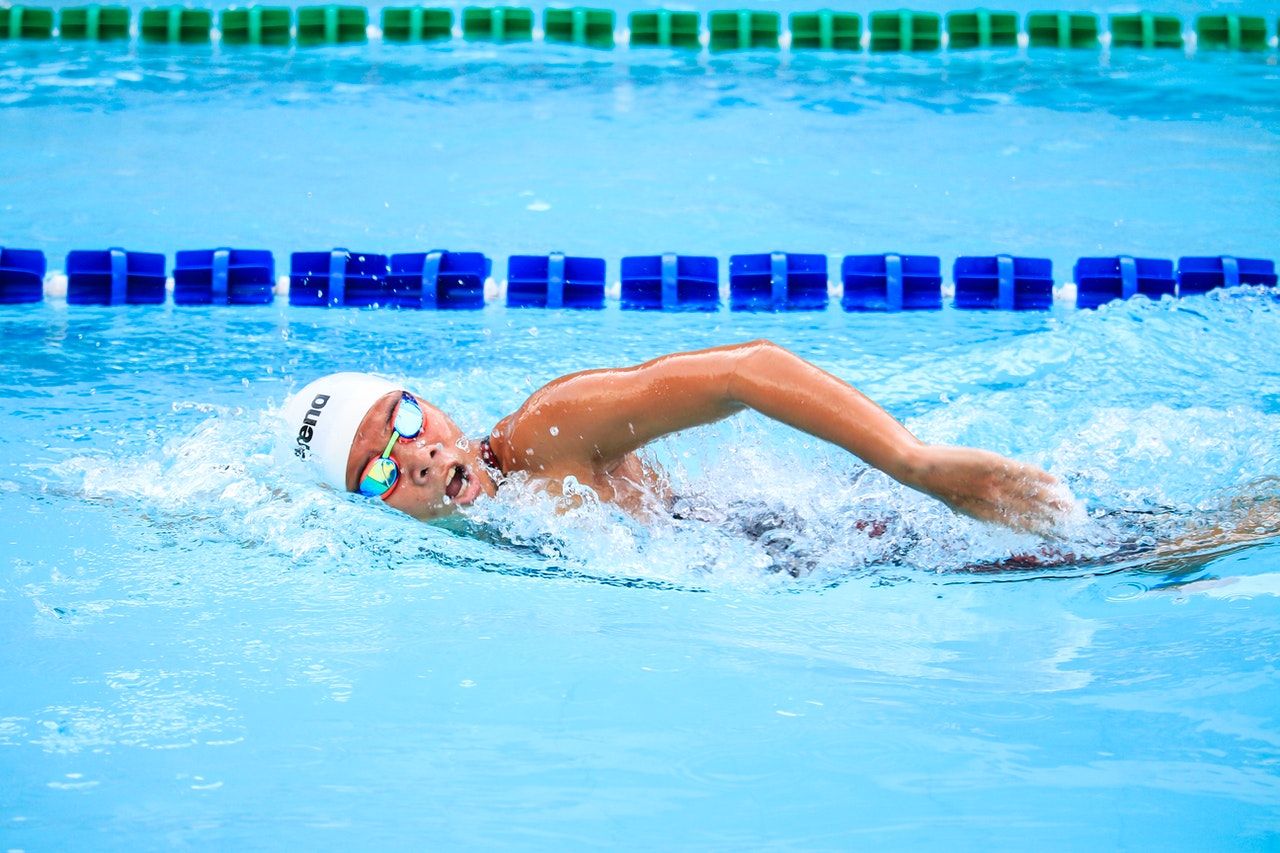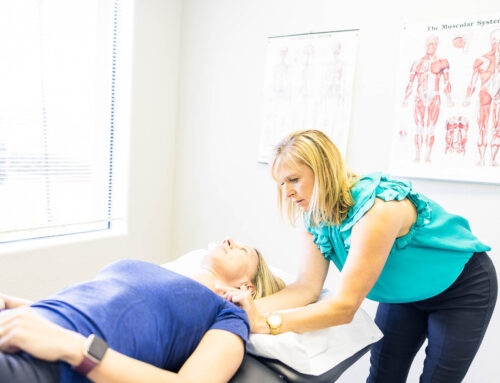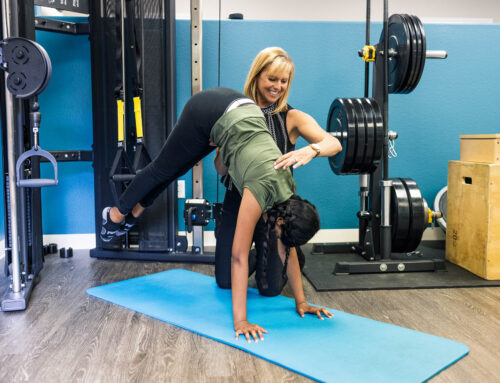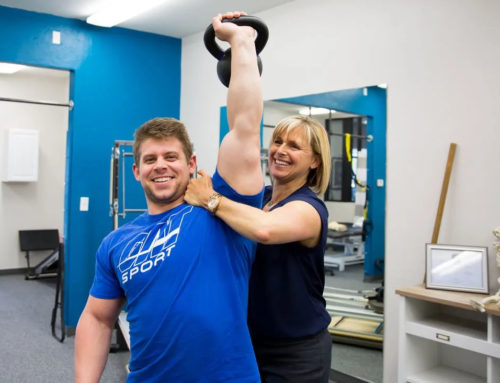Swimming is an amazing sport. It works the entire body, incorporates strength and cardio, and demands endurance. However, there are drawbacks to overtraining, especially in young swimmers who are still growing.
Swimming is a volume-based sport, meaning that you do 40 laps and then 80 and then 100 and then 200, and on and on. While this will increase strength and endurance, it can also overwork muscles, particularly the pectoral and shoulder muscles. If these pec muscles get tight while a kid is growing, they will pull in and round the shoulders, causing the shoulder blades to get drawn apart. It will also cause the swimmer to be over reliant on their pec muscles and not build their back muscles. The head will come forward and the core will not be as strong. The result is what is known as “swimmer’s posture”. It looks like this:
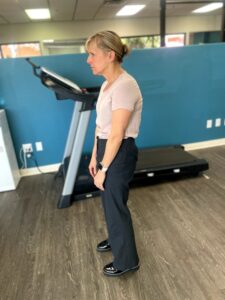
Growth spurts are a particularly big deal because if a child grows in that rounded position, it is really hard to open those pec muscles back up and retrain the posture of the upper back. Retraining these muscles is especially difficult with volume sports because there are so many strokes per lap, and then you times that by 200 laps daily, and that muscle memory and conditioning is deeply set.
How to Recover from Swimmer’s Posture
It is important to look out for swimmer’s posture at any age, but if you are a parent of a swimmer, you must be exceptionally diligent. The risks of prolonged overuse of the pecs and shoulders are severe injury to the shoulders or biceps and even surgery.
To help avoid these outcomes, or recover from overuse, your swimmer should be doing a variety of cross training and land-based conditioning. We want to focus on exercises that do not require rounding and pulling motions. These should include more back and core exercises to give those pecs, shoulders and biceps a break.
Rest and recovery is crucial here. Let me repeat: REST AND RECOVERY IS CRUCIAL! The worst thing you can do for your kid is push harder if they are experiencing muscle imbalance and growth abnormalities. This is the surest way to guarantee injury and decrease their collegiate athlete chances.
Rest and recovery means decreasing volume and getting them out of the pool and into physical therapy to retrain those muscles to move correctly. It means land-based exercises that build the weaker muscles, improve body mechanics, and gets overworked muscles to calm down.
Exercises to Fix Swimmer’s Posture
At Battle Born Health, we have curated a special Playlist on our YouTube channel of exercises that specifically target fixing swimmer’s posture. You can view all 12 videos here. The exercises included in the playlist are:
- Prone I, Y and W
- Chin Tucks
- Thoracic Rotation
- Foam Roller Snow Angles and Arm Swimming
- Spine Mobility
- Lacrosse Ball for Sore Shoulders and Chest
- Mobility Exercise: Wild Thing
- Wide Lateral Pull
If you fear your child may be overtraining in the pool and showing signs of swimmer’s posture, book an appointment today. Our trained physical therapists will assess your child and create a custom plan for recovery and balancing strength.

